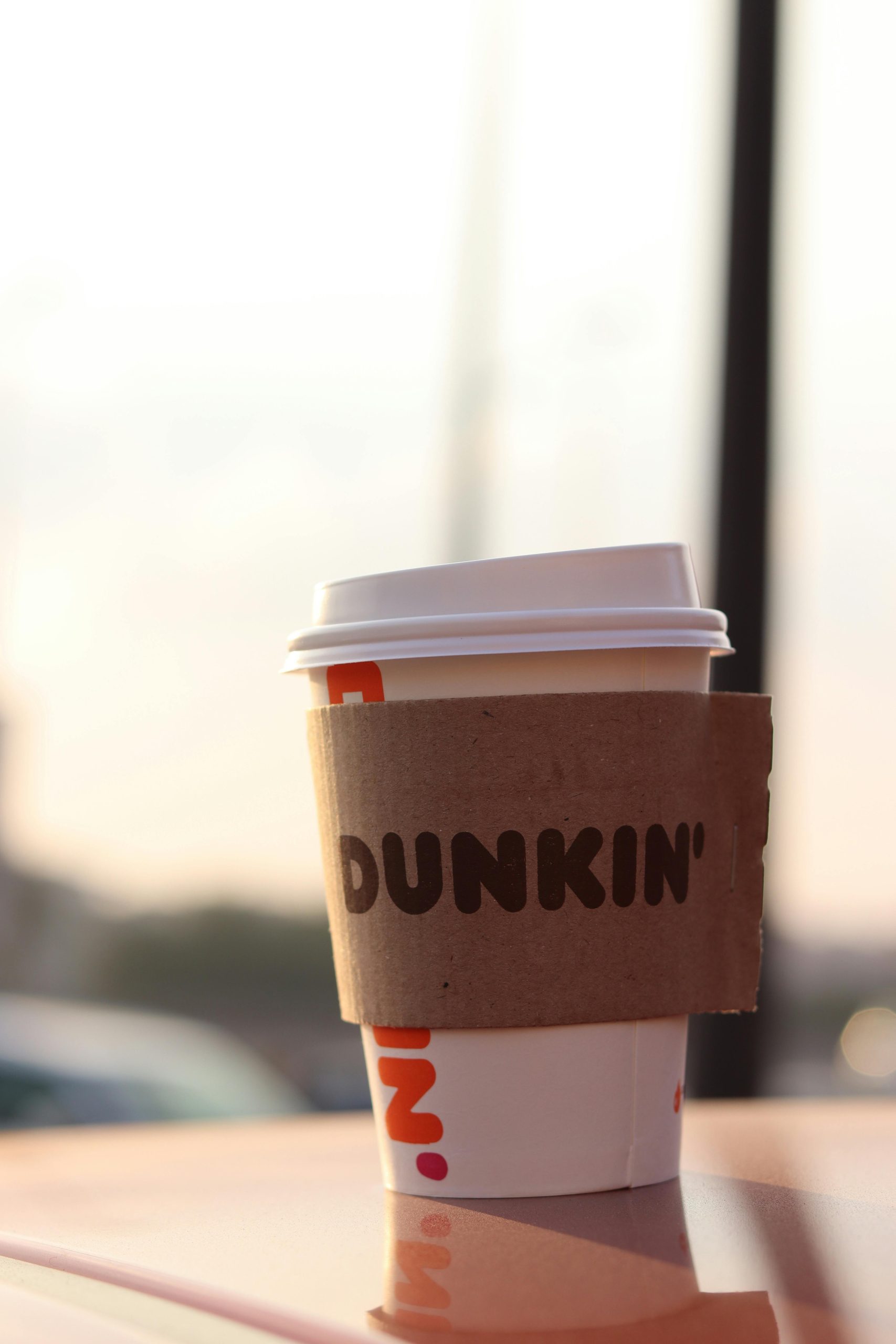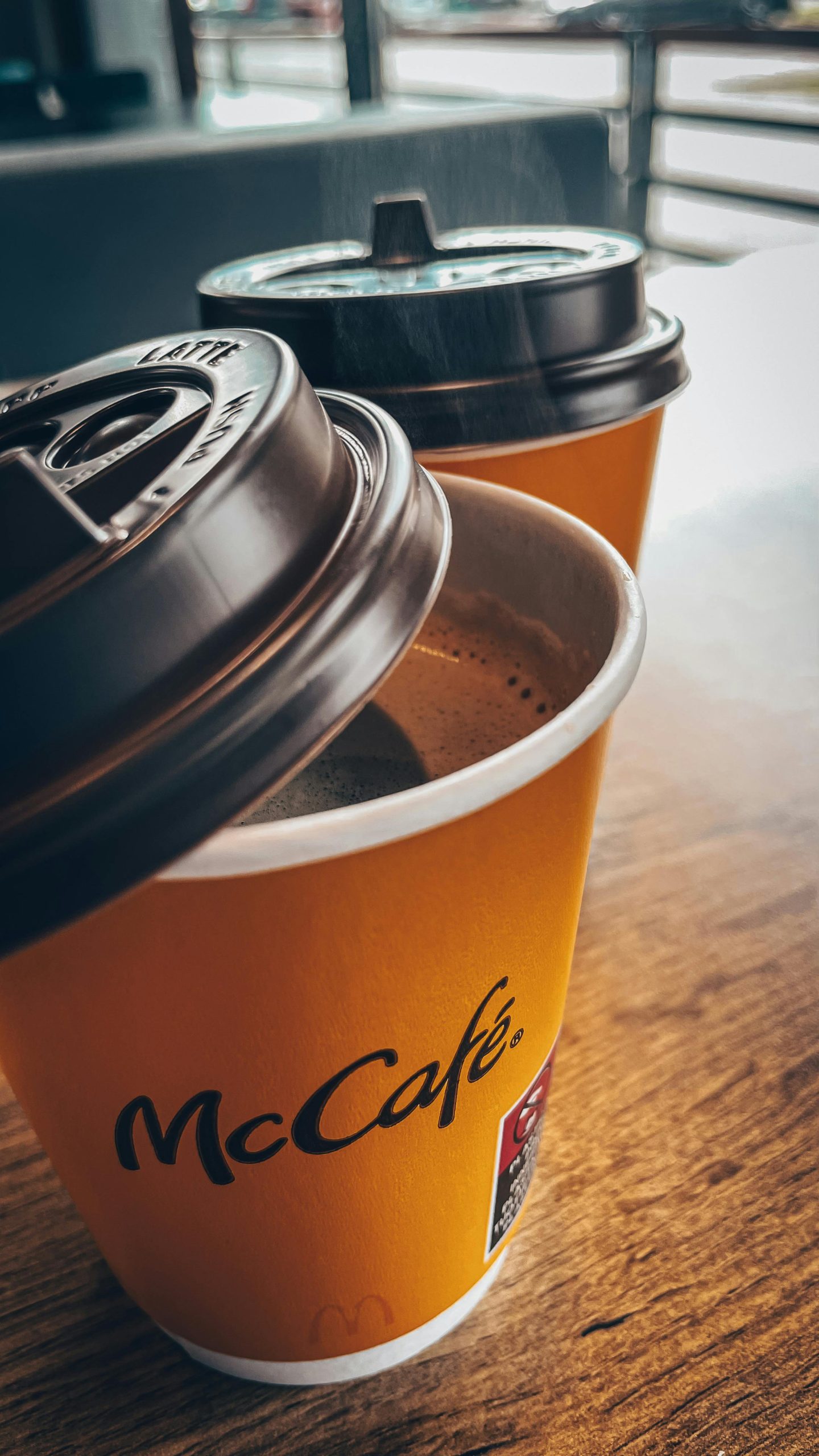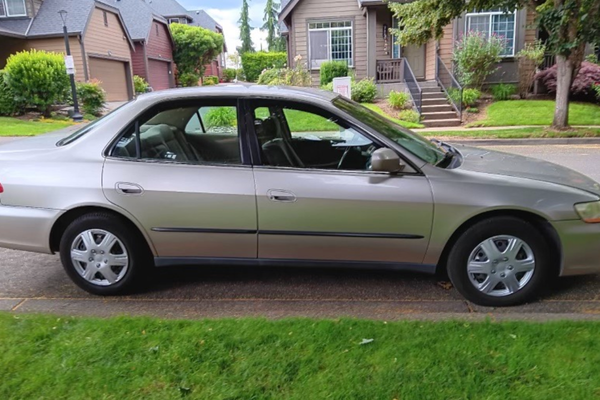For a coffee lover, the description on the front of the bag is a promise. Words like “bright,” “smooth,” or “bold” set an expectation for the taste experience to come. However, in the face of rising coffee bean prices and supply chain volatility, many major brands have quietly altered their classic blends, hoping customers will not notice. This “skimpflation” often involves swapping out high-quality Arabica beans for cheaper Robusta beans or changing the sourcing region. This leaves longtime fans with a cup of coffee that no longer matches the description they have trusted for years.

1. Dunkin’ Original Blend
Dunkin’s Original Blend is famous for its smooth, consistent, and mild flavor profile. However, in recent years, many longtime customers have complained that the coffee now tastes bitter and less flavorful. They suspect that the company has changed its classic blend of 100% Arabica beans to include a cheaper, lower-quality bean, a change that has ruined the coffee’s signature smoothness.
2. Starbucks Pike Place Roast
Starbucks markets its Pike Place Roast as a “smooth, well-rounded blend” that is its signature medium roast. While the company denies any formula changes, a large number of customers and even some baristas insist that the taste has become more acidic and burnt. This has led to speculation that the company has altered its sourcing or roasting profile to cut costs, a change that many feel has made the coffee much less smooth.
3. Maxwell House Original Roast
Maxwell House has been a staple of American coffee for over a century, famous for its “Good to the Last Drop” slogan. However, the brand has faced a flood of complaints from loyal customers who say the Original Roast now tastes weak, watery, and even has a chemical aftertaste. This suggests a major change in the bean blend, likely a move to cheaper beans to keep the price low in a competitive market.
4. Folgers Classic Roast
Similar to its main rival, Maxwell House, Folgers has also been accused of degrading the quality of its classic red can. Customers who have been drinking Folgers their whole lives now complain that the coffee has a bitter, almost burnt taste that it never used to have. The change has been so noticeable that it has pushed many lifelong fans to switch to other brands.
5. McCafé Premium Roast

When McDonald’s first launched its McCafé line, it was praised for offering a surprisingly high-quality coffee at a low price. However, in recent years, many customers feel that the quality of the bagged Premium Roast coffee sold in stores has declined. They report that the coffee is less aromatic and has a flatter, more generic taste than it did when it first launched.
6. Chock full o’Nuts “Heavenly” Coffee
The New York-based brand Chock full o’Nuts describes its “Heavenly” coffee as being rich and full-bodied. But, like other legacy brands, it has faced a barrage of negative reviews from former fans. They claim the coffee is no longer heavenly, but is instead weak and flavorless, a sign that the company has likely changed its sourcing and blend to save money.
7. Peet’s Coffee Major Dickason’s Blend
Peet’s Coffee has a reputation for its dark, bold, and complex roasts. However, some fans of its most popular blend, Major Dickason’s, have noted a change in its flavor profile. They complain that the blend has lost some of its richness and complexity, and that the beans are sometimes overly roasted, resulting in a burnt taste that was not there before.
8. Green Mountain Coffee Roasters Breakfast Blend
Green Mountain’s Breakfast Blend, a Keurig staple, is described as a bright and clean light roast. In recent years, however, many K-Cup users have complained that the blend has become weak and watery. They report a lack of any real coffee flavor, which suggests a change in the amount of coffee grounds used in each pod or a switch to lower-quality beans.
9. New England Coffee Breakfast Blend
This popular supermarket brand has also disappointed its longtime customers. Fans of its Breakfast Blend now describe it as weak, acidic, and lacking the smooth flavor it was once known for. The numerous negative online reviews suggest that this brand has also reformulated its classic blend, much to the dismay of its formerly loyal drinkers.
A Bitter Brew for Customers
The decision to quietly alter a beloved coffee blend is a risky business strategy. Coffee drinkers are often creatures of habit, and they are intensely loyal to the specific flavor profile they expect from their morning cup. When a company decides to cut corners and change that formula, they are breaking a daily ritual for its most dedicated fans. This erodes trust and sends them searching for a new brand that can deliver the quality they are missing.
Have you noticed a change in the taste of your favorite coffee blend? Which brand do you think has seen the biggest decline in quality? Let us know!
Read More
6 Popular Coffee Brands That Were Caught Cutting Corners
10 Factors That Affect Your Coffee’s Caffeine Content (And Why It Might Be Weaker Than You Think)
The post 9 Coffee Blends That No Longer Match Their Descriptions appeared first on Grocery Coupon Guide.







